Whilst solar continues to grow its share in the Australian electricity market, it still lags far behind fossil fuels such as coal, highlighting the need for innovative means of harnessing the full potential of the sun. Australia is expected to hit 50% renewable electricity in 2024 and 100% by the end of 2032, but achieving this goal would require efficient green technologies that not only maximise solar energy utilisation but also seamlessly integrate with existing infrastructure.
A key feature of AxoneDuo Infinity is its versatile string interconnectivity that offers a wide range of optimisation options that reduce costs while increasing efficiency. Additionally, its ability to trigger independent rows in its Unlinked mode can further improve operational effectiveness.
For developers, the innovation is significant as AxoneDuo Infinity’s robust weather defence strategy actively positions panels to protect the plant in extreme conditions. Its reinforced structure ensures peak performance in any scenario. With its ability to maximise solar module potential and efficiently capture sunlight on any terrain, the tracker drastically reduces the need for significant earthwork, making it a more sustainable and cost- effective solution for solar power generation.
When AxoneDuo Infinity is equipped with DBox5, PV Hardware (PVH) Solutions tracker control device, its possibilities are extended. This advanced SCADA (Supervisory Control and Data Acquisition) and control system employs sensors, artificial intelligence, and machine learning to monitor installations, pinpoint faults, and anticipate structural threats.
The technology, PVH says, is a demonstration of its commitment to innovation beyond the steel and structures.
Alex Cantos, APAC Manager of PVH, said:
“Australia has extremely unique conditions, whilst we are fortunate to enjoy a wealth of solar resources, we also have tough conditions for technological operations – AxoneDuo Infinity aims to meet this challenge. We have been proud to be Australia’s leading solar tracker provider in Australia, however, we don’t want to stop there. The technology embodies PVH’s commitment to a cleaner, sustainable future for everyone.”
Carlos López, CRO at PVH, said:
“Australia is in the midst of a race, and it is clear that project developers are in need of efficient tech to be able to deliver the infrastructure needed to reach Australia’s 2030 and 2050 decarbonisation targets. Our in-house assembly process reduces installation costs and ensures optimal component integration to help them get there. The system’s pre-service connection promises maximum productivity from the start – this is very important to our developers.”
At the heart of this renewable transition are developers, who play a pivotal role in driving forward the deployment of renewable energy infrastructure. According to the Clean Energy Council, Australia needs to triple its large-scale variable renewable generation to 57 GW by 2030, with a further seven-fold increase to 126 GW by 2050.
“AxoneDuo Infinity represents a new era in solar tracking technology, reliability, and sustainability features – it sets a new standard for solar power generation. We believe it will pave the way for a more sustainable and efficient future.”

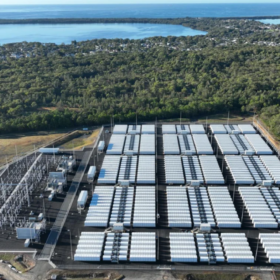
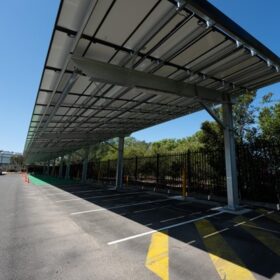
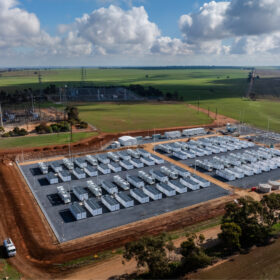
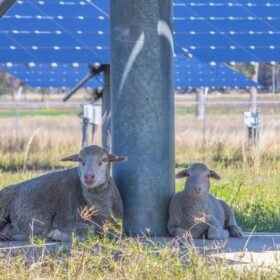
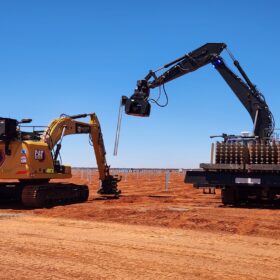
By submitting this form you agree to pv magazine using your data for the purposes of publishing your comment.
Your personal data will only be disclosed or otherwise transmitted to third parties for the purposes of spam filtering or if this is necessary for technical maintenance of the website. Any other transfer to third parties will not take place unless this is justified on the basis of applicable data protection regulations or if pv magazine is legally obliged to do so.
You may revoke this consent at any time with effect for the future, in which case your personal data will be deleted immediately. Otherwise, your data will be deleted if pv magazine has processed your request or the purpose of data storage is fulfilled.
Further information on data privacy can be found in our Data Protection Policy.